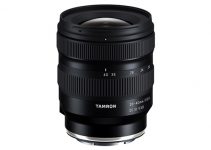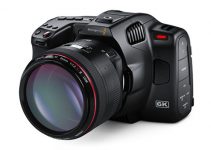Wireless video transmission is becoming more and more common everyday. One reason for that is the technology is getting very, very good. Take the new DJI Transmission Combo as a new example. This device can send high-quality video to a receiver over 20,000’ away. That’s insane.
Some of this tech comes from their drone division, which does rely on effective wireless video transmission for functionality, so it isn’t brand new. But, this is the first iteration that can be used for any video system. Let’s see how Linus Tech Tips put it to the test.
General Info
Unlike drones flying in the air with no obstructions, the DJI Transmission is likely to be used with cameras in more conventional situations. That means the 20,000’ figure (6 km/3.7 miles) may not hold up in real-world use.
DJI did develop their own silicon to get the best performance they could out of their wireless system.

Image Credit: DJI
There are even high-gain antennae available to make sure you are getting the best signal.
First impressions are very good and they do call out that it all feels good in the hand.
They even whip out the Ronin 4D Handgrips for remote camera control and set up the RS 3 Pro Gimbal for the full setup.
Game Testing
Initial tests involve playing an old-school video game from the Super Nintendo era. The reason for that is the familiarity with the game as well as the need for precise jumping and controls to perform well.
The classic graphics also lend themselves to deeper analysis and seeing how the stream holds up.
It looks good and playing is possible without much issue. There is some slight noise, but latency is very low at 60-100 ms. The screen itself is also looking great.
As they moved farther away you can tell that the data rate is dropping slightly.
Mounting
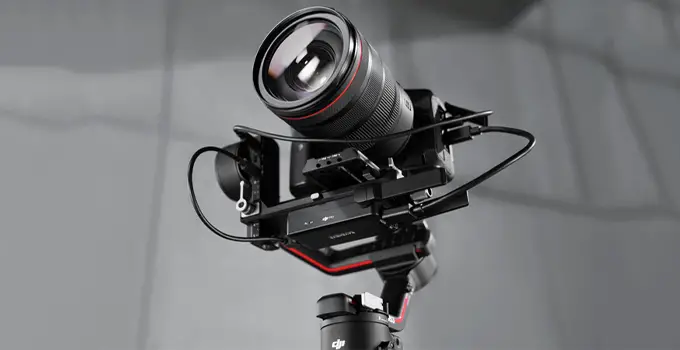
Image Credit: DJI
Getting the transmitter mounted is easy with the DJI RS 3 Pro. It mounts to the bottom of where the camera sits and can then receive power from your general power solution.
With the wireless monitor and the handgrip controls you now have full wireless operation of your rig.
Another note is how the system will automatically scan the various wireless channels and switch between them to ensure the strongest connection. When you are in a place with other devices that can cause interference this can make a huge difference.
Camera Testing
They walked around the whole office and found it was fairly good until they went through a ton of different rooms and were sending the wireless signal through tons of walls.
One thing DJI did right is that they set it up to drop image quality before dropping frames. This means you will always have a responsive image to work off of – something very important for drones in the air.
Again, this was impressive. The image looked great even when the bitrate was dropping. Even through five walls and 100 meters away they were getting it to work perfectly.
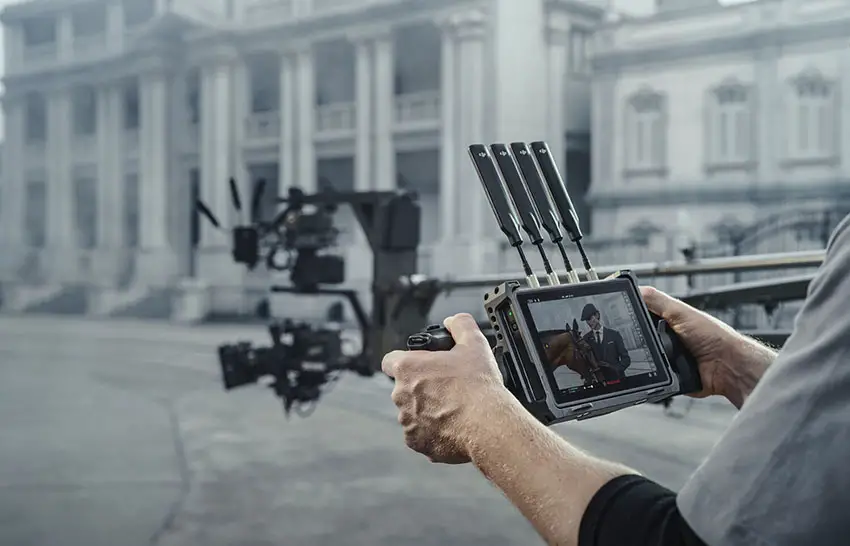
Image Credit: DJI
Range Test
Now for the real fun.
They kept the camera on the RS 3 Pro and mounted it to their car rig. This is a real scenario that they have had issues with video transmission in the past.
This setup is only for getting the image from the camera on the back of the car to passenger seat and it worked amazingly.
The next test is seeing the actual maximum range they can get. They hooked up the antennae using the extenders to get them outside the car and then started driving.
Trying it around their work building they did not get much range at all. Then again in a field. So, they got some new firmware from DJI to see what the updates can do.
Next was heading to the beach with an ideal setup with antennae mounted to poles to get them up high.
As they headed out on a scooter they did see some bitrate drops as they passed by some trees, but that cleared up as they passed it. They made it to 2 km without any real issues.
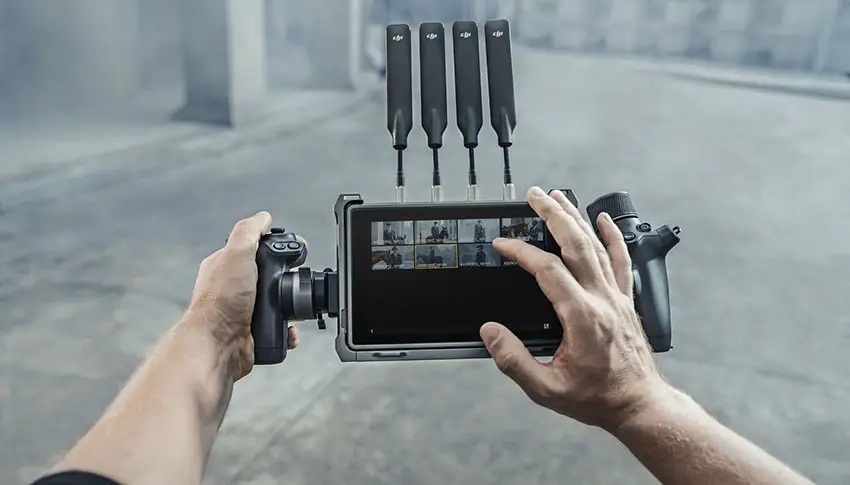
Image Credit: DJI
Heading over 3 km it was coming in just as clear. With clear line of sight this thing does seem to work as advertised.
Another set of trees had quality drop but it did maintain until he made it through the area.
They even pulled off a battery change on their GoPro before heading to 5.2 km and keeping the connection strong.
Past this point the image was getting a bit blocky.
This is certainly starting to strain the system as the image is very compressed.
One thing they did was manually set the channel since the DJI Transmission has access to some more rarely used options that aren’t common on everyday devices. Switching to one of those channels brought back some of the image quality even at 6.9 km away.
This was unbelievable and even farther than the stated 20,000’/6km/3.7mi figure.
Broadcast Mode
A final feature to show off is the Broadcast mode. This allows you to use one main Transmission for camera control while sending the signal wirelessly to a couple other wireless monitors.
Also seemed to work well in the office.
The DJI Transmission is impressive and actually seems to perform as advertised. This might be one of the best wireless video systems on the market and at $2,500 for the Combo it seems like a great deal.
What do you think of the system?
[source: Linus Tech Tips]
Order Links:
Disclaimer: As an Amazon Associate partner and participant in B&H and Adorama Affiliate programmes, we earn a small comission from each purchase made through the affiliate links listed above at no additional cost to you.


